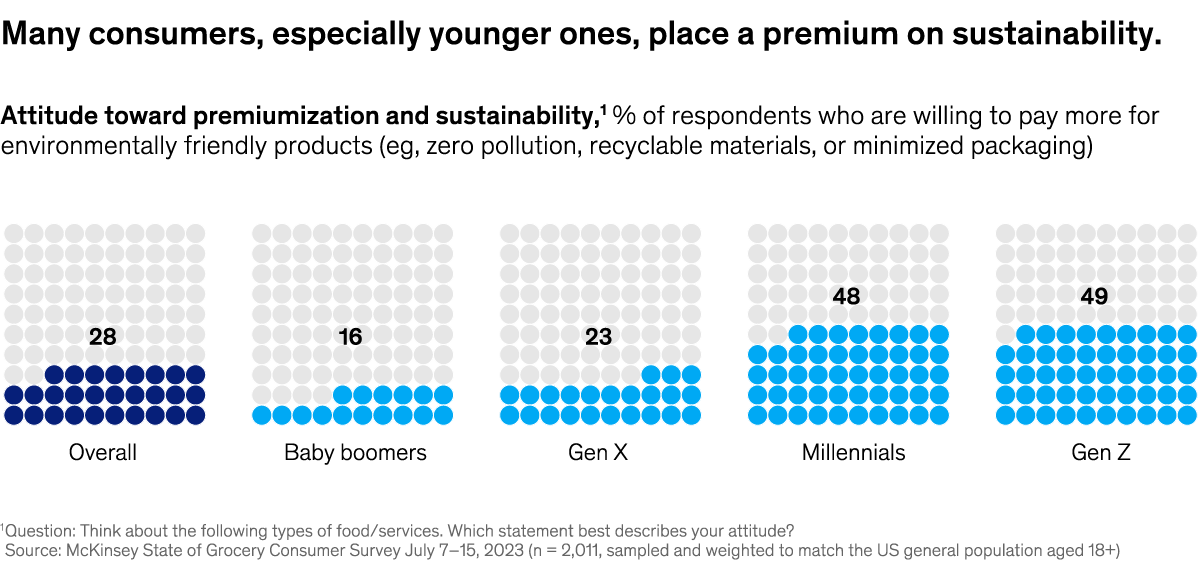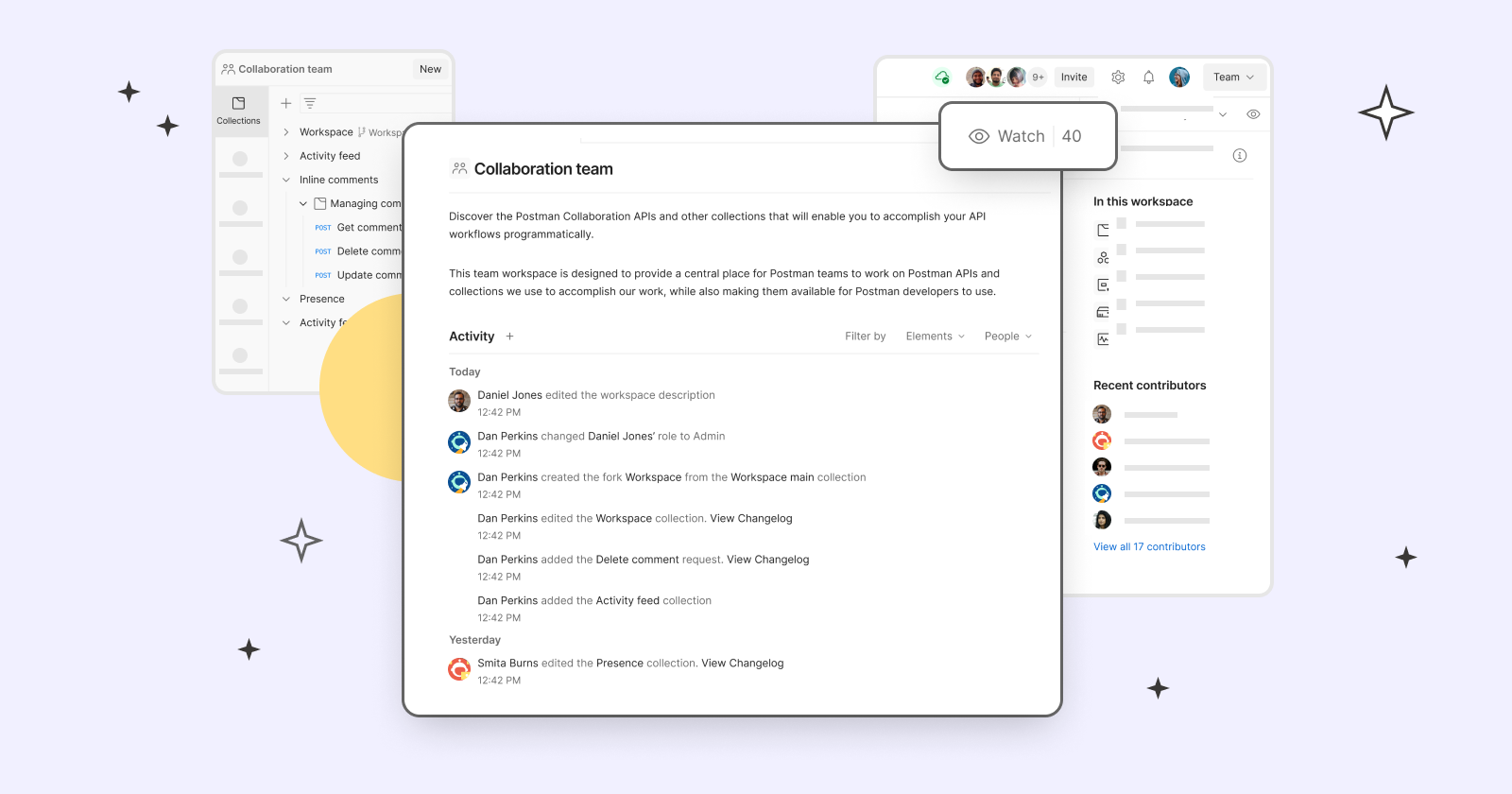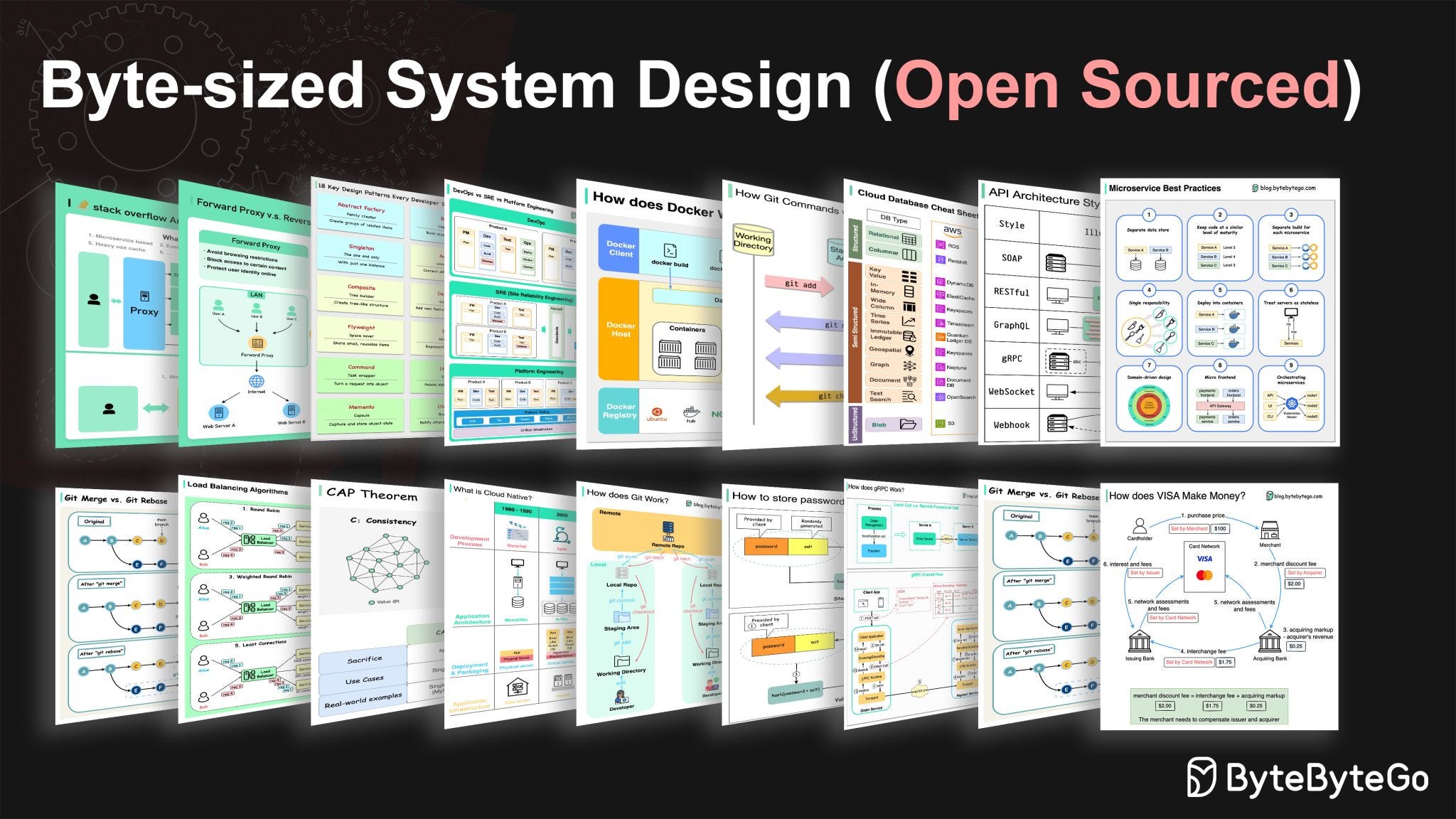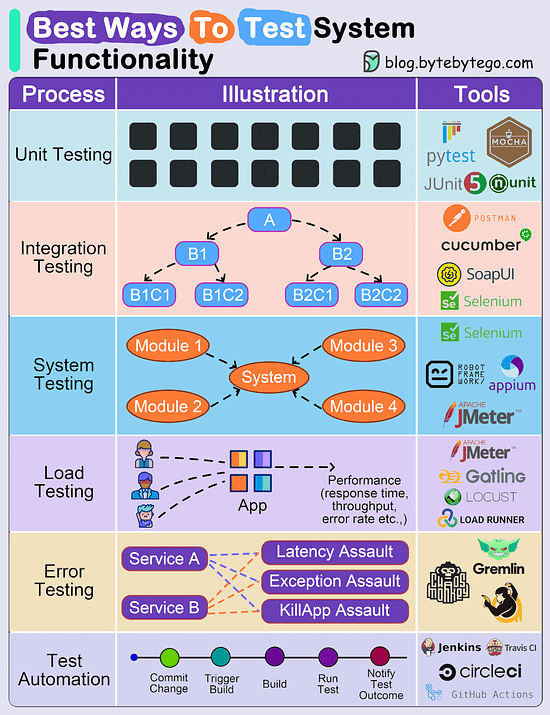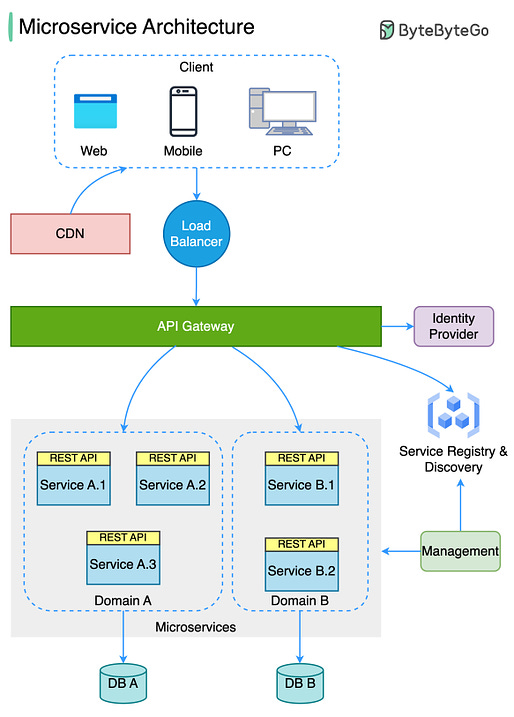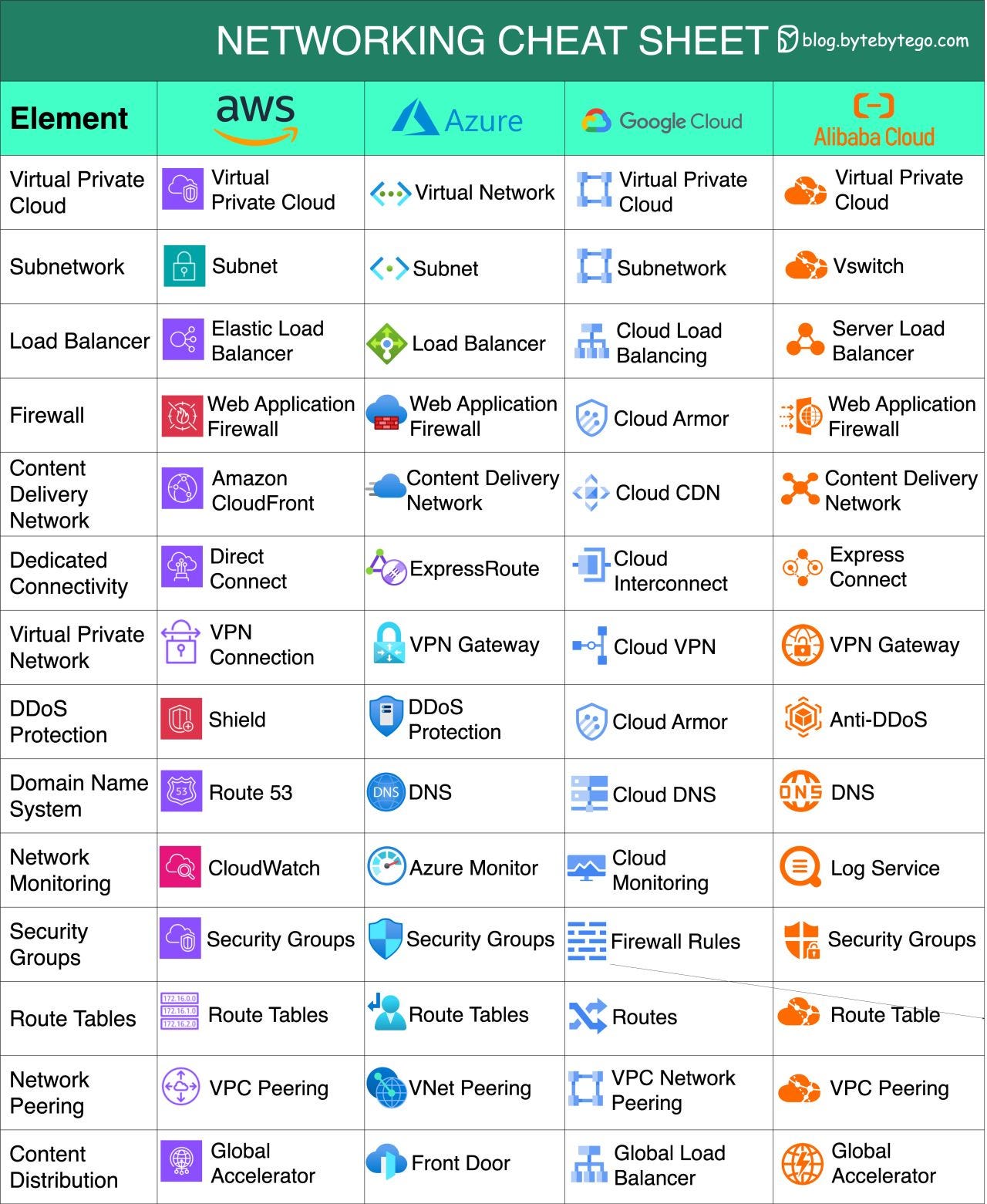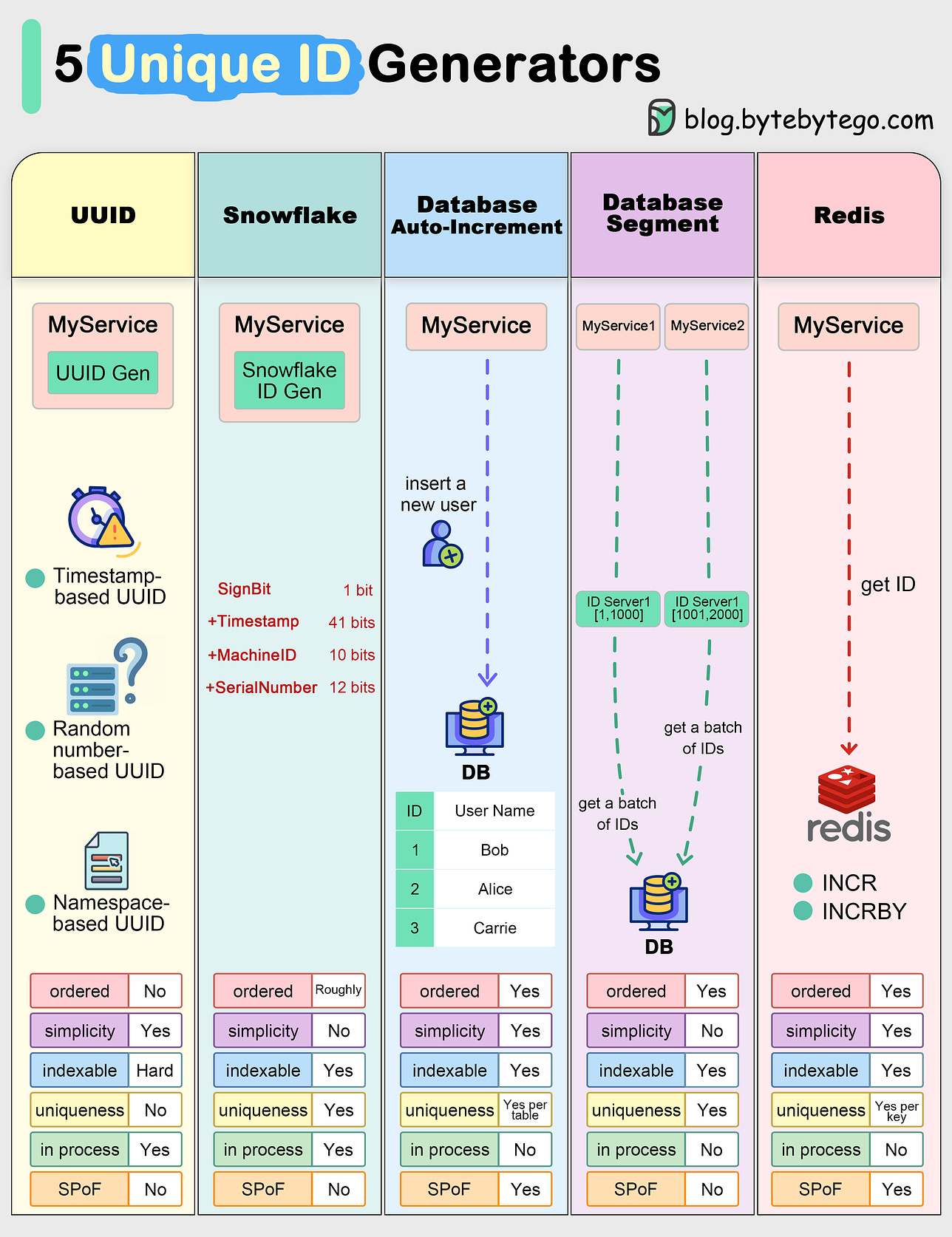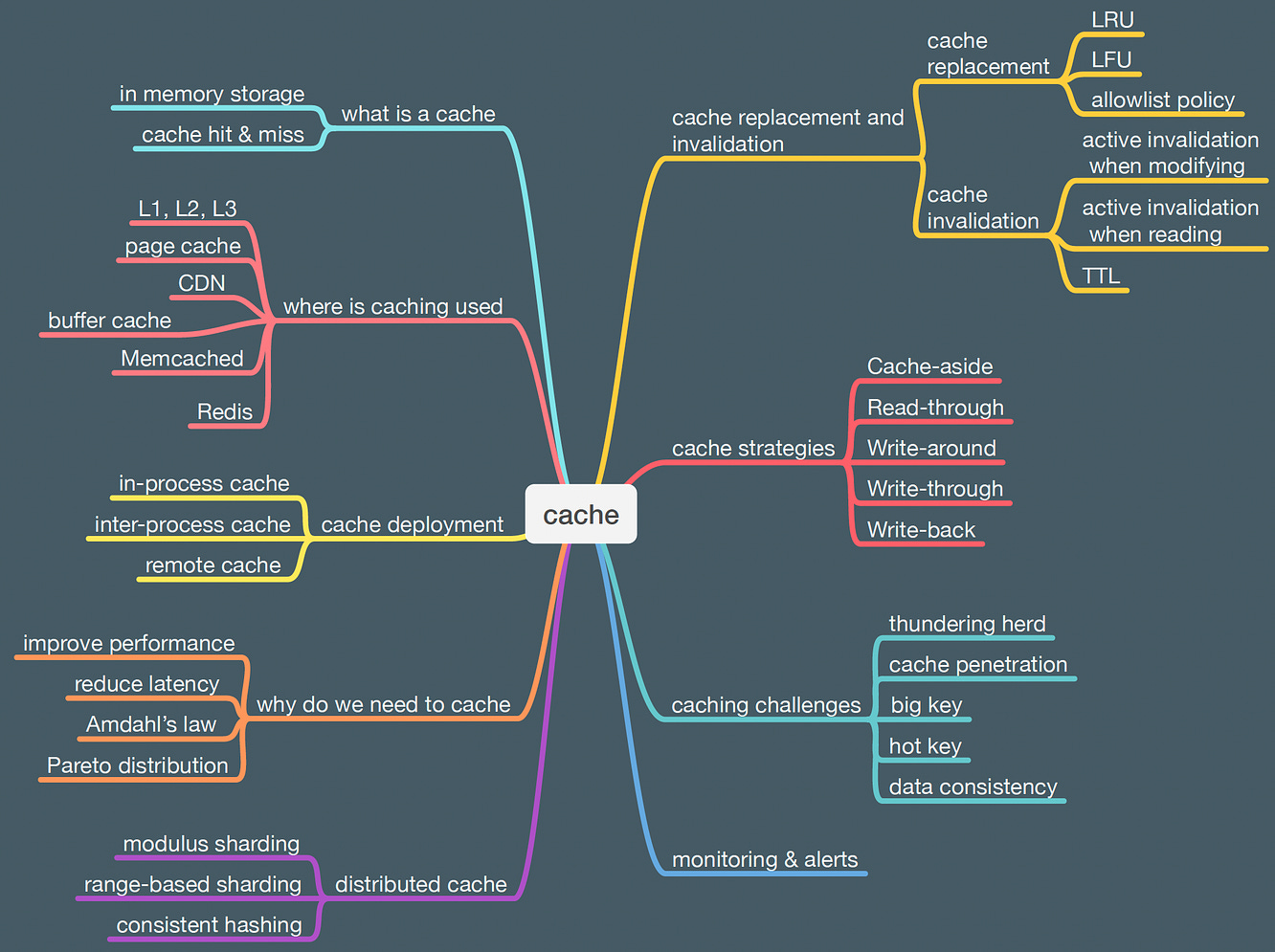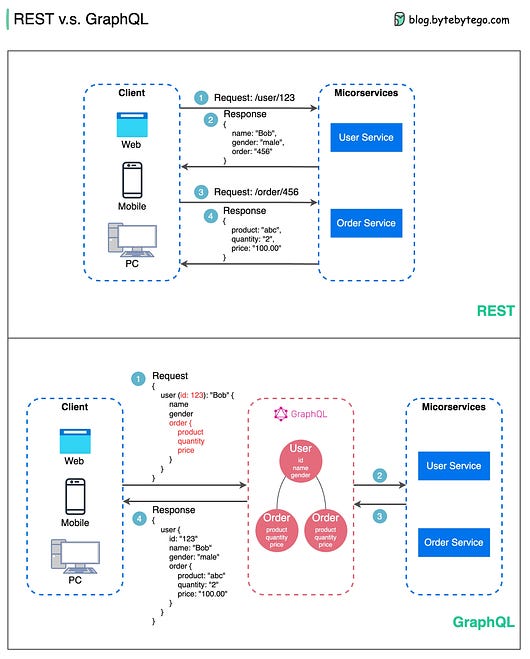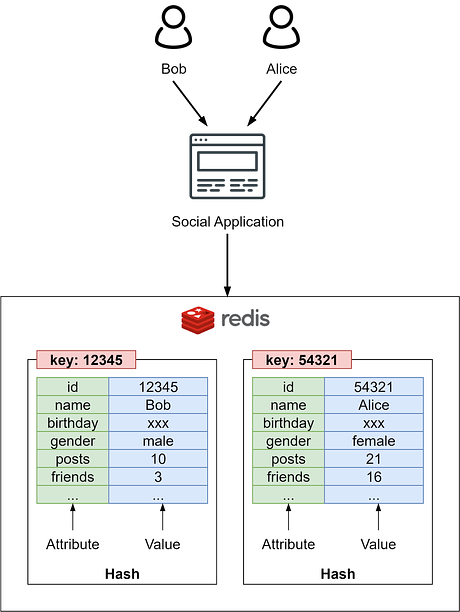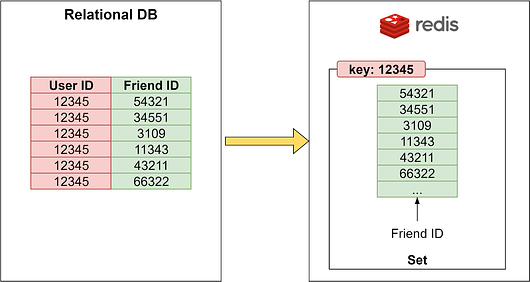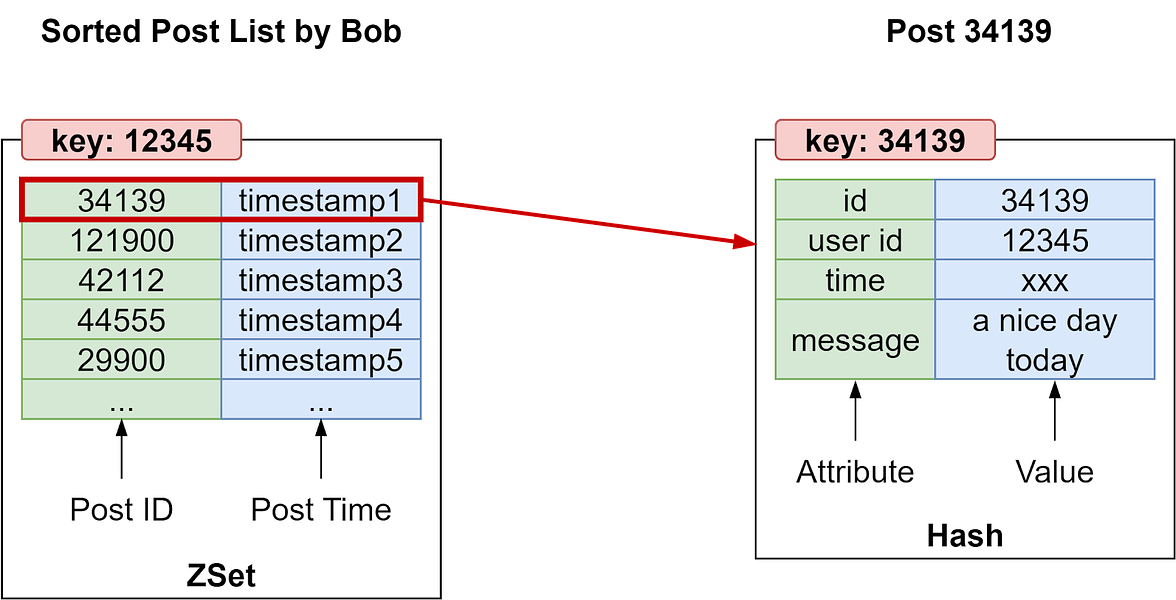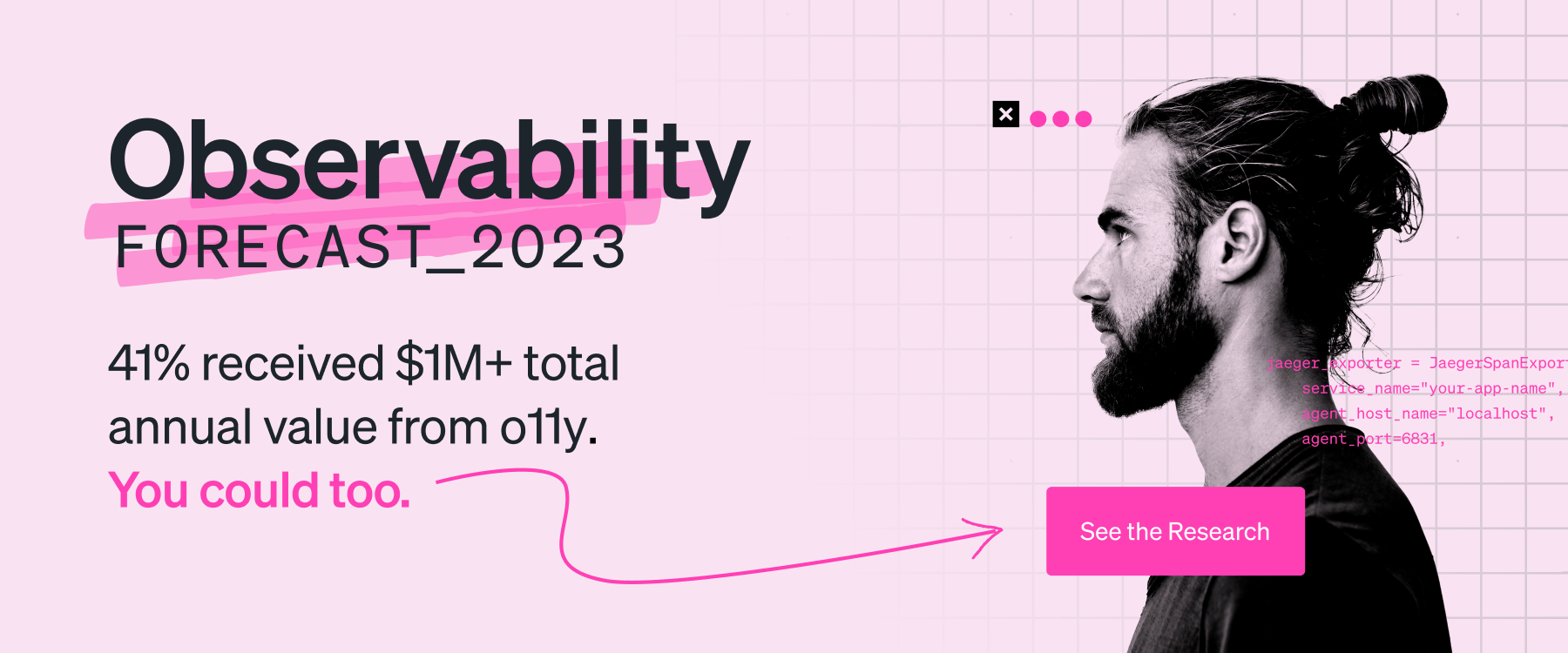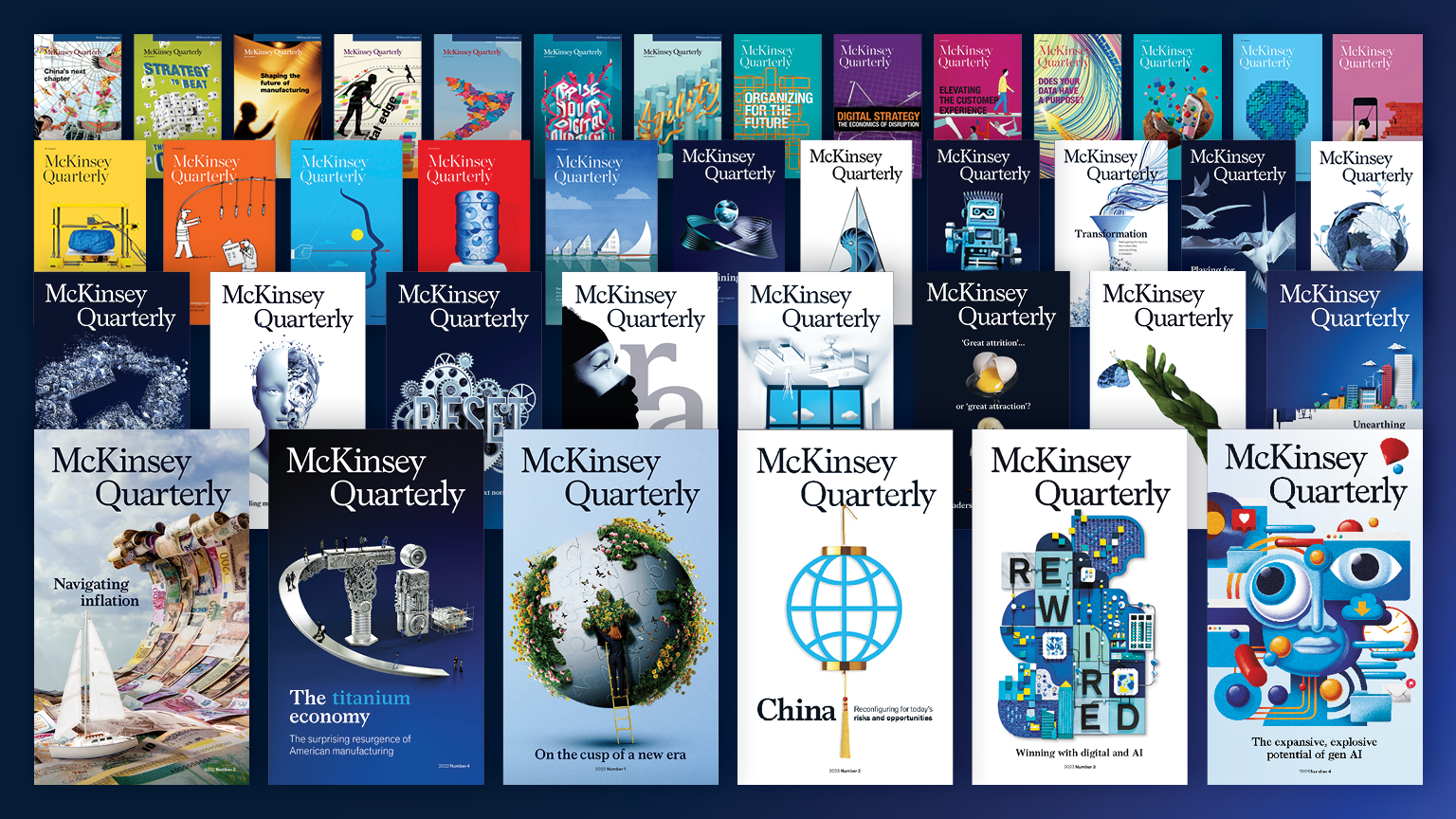Archives
- By thread 5363
-
By date
- June 2021 10
- July 2021 6
- August 2021 20
- September 2021 21
- October 2021 48
- November 2021 40
- December 2021 23
- January 2022 46
- February 2022 80
- March 2022 109
- April 2022 100
- May 2022 97
- June 2022 105
- July 2022 82
- August 2022 95
- September 2022 103
- October 2022 117
- November 2022 115
- December 2022 102
- January 2023 88
- February 2023 90
- March 2023 116
- April 2023 97
- May 2023 159
- June 2023 145
- July 2023 120
- August 2023 90
- September 2023 102
- October 2023 106
- November 2023 100
- December 2023 74
- January 2024 75
- February 2024 75
- March 2024 78
- April 2024 74
- May 2024 108
- June 2024 98
- July 2024 116
- August 2024 134
- September 2024 130
- October 2024 141
- November 2024 171
- December 2024 115
- January 2025 216
- February 2025 140
- March 2025 220
- April 2025 233
- May 2025 239
- June 2025 303
- July 2025 176
-
The week in charts
The Week in Charts
Sustainability commitments, the world’s trade hub, and more Share these insights
Did you enjoy this newsletter? Forward it to colleagues and friends so they can subscribe too. Was this issue forwarded to you? Sign up for it and sample our 40+ other free email subscriptions here.
This email contains information about McKinsey's research, insights, services, or events. By opening our emails or clicking on links, you agree to our use of cookies and web tracking technology. For more information on how we use and protect your information, please review our privacy policy.
You received this email because you subscribed to The Week in Charts newsletter.
Copyright © 2023 | McKinsey & Company, 3 World Trade Center, 175 Greenwich Street, New York, NY 10007
by "McKinsey Week in Charts" <publishing@email.mckinsey.com> - 03:32 - 21 Oct 2023 -
EP82: Open-sourcing Over 100 Byte-sized System Design Concepts
EP82: Open-sourcing Over 100 Byte-sized System Design Concepts
This week’s system design refresher: Open-sourcing over 100 byte-sized system design concepts with high-resolution diagrams Best ways to test system functionality Cloud Network Components Cheat Sheet Explaining 5 unique ID generators in distributed systems Forwarded this email? Subscribe here for moreThis week’s system design refresher:
Open-sourcing over 100 byte-sized system design concepts with high-resolution diagrams
Best ways to test system functionality
Cloud Network Components Cheat Sheet
Explaining 5 unique ID generators in distributed systems
Organize your API work and collaborate more (Sponsored)
Postman workspaces give teams shared access to the tools they need to solve problems together. They are the go-to place for development teams to collaborate and move quickly while staying on the same page.
With workspaces, teams can:
Automatically notify other team members about changes to APIs as updates sync in real time.
Set up manual or automated workflows to support different stages of API development.
Enable faster onboarding for both internal and external partner developers
Create collaborative hubs for troubleshooting API calls and maintaining a log of common steps to follow.
Open-sourcing over 100 byte-sized system design concepts with high-resolution diagrams
Start exploring the repository here: https://bit.ly/bytebytegoGitRepo
Best ways to test system functionality
Testing system functionality is a crucial step in software development and engineering processes.
It ensures that a system or software application performs as expected, meets user requirements, and operates reliably.
Here we delve into the best ways:Unit Testing: Ensures individual code components work correctly in isolation.
Integration Testing: Verifies that different system parts function seamlessly together.
System Testing: Assesses the entire system's compliance with user requirements and performance.
Load Testing: Tests a system's ability to handle high workloads and identifies performance issues.
Error Testing: Evaluate how the software handles invalid inputs and error conditions.
Test Automation: Automates test case execution for efficiency, repeatability, and error reduction.
Over to you: How do you approach testing system functionality in your software development or engineering projects?
Latest articles
If you’re not a subscriber, here’s what you missed this month.
The 6 Most Impactful Ways Redis is Used in Production Systems
The Tech Promotion Algorithm: A Structured Guide to Moving Up
To receive all the full articles and support ByteByteGo, consider subscribing:
Cloud Network Components Cheat Sheet
Network components form the backbone of cloud infrastructure, enabling connectivity, scalability, and functionality in cloud services.
These components include routers, load balancers, and firewalls, which ensure data flows efficiently and securely between servers and clients.
Additionally, Content Delivery Networks (CDNs) optimize content delivery by caching data at edge locations, reducing latency and improving user experience.
In essence, these network elements work together to create a robust and responsive cloud ecosystem that underpins modern digital services and applications.
This cheat sheet offers a concise yet comprehensive comparison of key network elements across the four major cloud providers.
Over to you: How did you tackle the complexity of configuring and managing these network components?Explaining 5 unique ID generators in distributed systems
The diagram below shows how they work. Each generator has its pros and cons.
UUID
A UUID has 128 bits. It is simple to generate and no need to call another service. However, it is not sequential and inefficient for database indexing. Additionally, UUID doesn’t guarantee global uniqueness. We need to be careful with ID conflicts (although the chances are slim.)Snowflake
Snowflake’s ID generation process has multiple components: timestamp, machine ID, and serial number. The first bit is unused to ensure positive IDs. This generator doesn’t need to talk to an ID generator via the network, so is fast and scalable.
Snowflake implementations vary. For example, data center ID can be added to the “MachineID” component to guarantee global uniqueness.DB auto-increment
Most database products offer auto-increment identity columns. Since this is supported in the database, we can leverage its transaction management to handle concurrent visits to the ID generator. This guarantees uniqueness in one table. However, this involves network communications and may expose sensitive business data to the outside. For example, if we use this as a user ID, our business competitors will have a rough idea of the total number of users registered on our website.DB segment
An alternative approach is to retrieve IDs from the database in batches and cache them in the ID servers, each ID server handling a segment of IDs. This greatly saves the I/O pressure on the database.Redis
We can also use Redis key-value pair to generate unique IDs. Redis stores data in memory, so this approach offers better performance than the database.
Over to you - What ID generator have you used?
Latest articles
Here are the latest articles you may have missed:
To receive all the full articles and support ByteByteGo, consider subscribing:
Like
Comment
Restack
© 2023 ByteByteGo
548 Market Street PMB 72296, San Francisco, CA 94104
Unsubscribe
by "ByteByteGo" <bytebytego@substack.com> - 11:39 - 21 Oct 2023 -
Overcoming bias in machine learning
Is your bot biased? Brought to you by Liz Hilton Segel, chief client officer and managing partner, global industry practices, & Homayoun Hatami, managing partner, global client capabilities

Overcoming bias in machine learning
Poor workers always blame their tools, the saying goes. The lesson, of course, is a simple one: the more knowledgeable the worker, the more effective the tool. That’s as true for, say, a factory lathe machine as it is for the complex algorithms that underpin the machine learning and AI technologies that companies increasingly use. Machine learning holds immense promise for businesses that can effectively harness the powerful technology, but much like today’s advanced-analytics and generative AI technology, it’s only as good as the data it’s working from—and, perhaps even more important, the people inputting the data.
One of the risks of machine learning is that the algorithms that support it can easily inherit the behavioral biases of their human creator, derailing projects and creating costly errors in the process. Organizations can take measures to protect against algorithmic bias, including understanding the shortcomings of the algorithms they’re working with, shaping data samples in such a way that minimizes bias, and knowing when not to use the technology if a more traditional decision-making process is appropriate.
Companies are only just beginning to experiment with the powerful new generative AI and machine learning technologies available. To help ensure that both worker and tool are functioning optimally, business leaders would do well to heed the lessons from this 2017 classic from McKinsey partner Vishnu Kamalnath, “Controlling machine-learning algorithms and their biases.”Address the limitations of machine learning 


Share these insights
Did you enjoy this newsletter? Forward it to colleagues and friends so they can subscribe too. Was this issue forwarded to you? Sign up for it and sample our 40+ other free email subscriptions here.
This email contains information about McKinsey's research, insights, services, or events. By opening our emails or clicking on links, you agree to our use of cookies and web tracking technology. For more information on how we use and protect your information, please review our privacy policy.
You received this email because you subscribed to our McKinsey Classics newsletter.
Copyright © 2023 | McKinsey & Company, 3 World Trade Center, 175 Greenwich Street, New York, NY 10007
by "McKinsey Classics" <publishing@email.mckinsey.com> - 11:09 - 21 Oct 2023 -
API-Topia awaits ✨: Your handbook for platform engineering success
API-Topia awaits ✨: Your handbook for platform engineering success
Equip yourself with the knowledge and strategies needed to master platform engineering and API architecture.The road to API-Topia: A platform engineer’s handbook
We're thrilled to present our latest expert guide, The road to API-Topia: A platform engineer’s essential handbook, created in collaboration with industry expert James Higginbotham.
If you're ready to:
- Enhance your team's productivity.
- Streamline development processes.
- Master the art of efficient platform engineering...
This is the ultimate back-pocket resource you need to thrive in a new era of software development. Your journey towards success begins now!
See you there!
TykTyk, 87a Worship Street, London, City of London EC2A 2BE, United Kingdom, +44 (0)20 3409 1911
by "Tyk" <communities@tyk.io> - 09:51 - 20 Oct 2023 -
RE: REQUEST FOR QUOTATION
Good day,Kindly Quote your best price for the attached requisition,Looking forward to your valuable reply & prompt responseTKS N B.RGDS=======================MASTER OF MV EASTERN DREAMKIM YOUNG BIN(+82-10-6325-0680)=======================
by "duwonferry.com" <edcapt@duwonferry.com> - 07:46 - 20 Oct 2023 -
COP 28 is coming: What you need to know
The Shortlist
Four new insights Curated by Liz Hilton Segel, chief client officer and managing partner, global industry practices, & Homayoun Hatami, managing partner, global client capabilities
It’s that time of year again. As the weather cools in the Northern Hemisphere, our minds turn once again to COP, or Conference of the Parties, the annual climate conference where UN member states discuss progress toward net zero. We understand the challenges of meeting climate pledges, and we’re committed to helping CEOs, both present and future, do the best they can—for their organizations and for the environment. In this edition, we look at some of our best ideas on the energy transition: avoiding disorder, finding out if customers are willing to pay, and more. We hope you enjoy the read.
—Liz and Homayoun
“Go west, young man, and grow up with the country.” That was 19th-century advice to young Americans seeking opportunity. Let’s update it for the 21st century: go west, young people, and lead Western companies and economies to a sustainable future. The West is a chief source of emissions—and opportunities. Two McKinsey reports from 2023 explain the details.
Toward a more orderly US energy transition: Six key action areas, by Gracie Brown, Blake Houghton, Jesse Noffsinger, Hamid Samandari, and Humayun Tai.
Five key action areas to put Europe’s energy transition on a more orderly path, by Tommaso Cavina, Lorenzo Moavera Milanesi, Hamid Samandari, Humayun Tai, and Raffael Winter.Of course I’m into sustainability. Why, what have you heard? Millions on social media and in casual conversation are quick to hype their green cred. But away from the scrutiny of their peers, will they actually pay more for a product that claims to be sustainable? According to an extensive new study by McKinsey and NielsenIQ, the short answer is yes—and that means a major growth opportunity for consumer-packaged-goods companies that understand the nuanced influence of environmental claims on customer purchase decisions.
For specific insights on how companies can advance environmental, social, and governance (ESG) commitments while pursuing differentiated growth, read Consumers care about sustainability—and back it up with their wallets, by Jordan Bar Am, Vinit Doshi, Anandi Malik, Steve Noble, and Sherry Frey.Some trees might actually grow to the sky, or thereabouts. Investments in climate technology are still on the rise, defying the headwinds that have affected most capital markets. New regulations such as the US Inflation Regulation Act and EU Green Deal are helping. We estimate the total opportunity at $9 trillion to $12 trillion annually by 2030.
Get in on—or close to—the ground floor with Climate investing: Continuing breakout growth through uncertain times, by Fredrik Dahlqvist, Sean Kane, Lisa Leinert, Maximilian Moosburger, and Anders Rasmussen.Growing the top line is good. Growing the bottom line is better. And best of all is growth that accrues to the benefit of all stakeholders. Our new research finds that companies that are “triple outperformers”—meaning they grow faster and are more profitable than peers while also improving sustainability and ESG efforts—exceed their peers in shareholder returns.
Hit the trifecta with The triple play: Growth, profit, and sustainability, by Rebecca Doherty, Claudia Kampel, Anna Koivuniemi, Lucy Pérez, and Werner Rehm.
We hope you find our sustainability content inspiring and helpful. See you in two weeks with four more McKinsey ideas for the CEO and others in the C-suite.Share these insights
This email contains information about McKinsey’s research, insights, services, or events. By opening our emails or clicking on links, you agree to our use of cookies and web tracking technology. For more information on how we use and protect your information, please review our privacy policy.
You received this email because you subscribed to The CEO Shortlist newsletter.
Copyright © 2023 | McKinsey & Company, 3 World Trade Center, 175 Greenwich Street, New York, NY 10007
by "McKinsey CEO Shortlist" <publishing@email.mckinsey.com> - 03:38 - 20 Oct 2023 -
The future of manufacturing in Africa
On Point
Why manufacturing matters in growing economies
by "McKinsey On Point" <publishing@email.mckinsey.com> - 01:11 - 20 Oct 2023 -
The complication of concentration in global trade
Enter our digital experience New from McKinsey Global Institute

Global trade explorer
Enter our digital experience 

by "McKinsey & Company" <publishing@email.mckinsey.com> - 04:36 - 19 Oct 2023 -
Redis Can Do More Than Caching
Redis Can Do More Than Caching
In the last issue, we explored common use cases with Redis. In this issue, we will go deeper and demonstrate how Redis’ versatile data structures can power more complex applications like social networks, location-based services, and more. We will walk through practical examples of building key features like user profiles, relationship graphs, home timelines, and nearby searches using Redis’ native data types - Hashes, Sets, Sorted Sets, Streams, and Bitmaps. Forwarded this email? Subscribe here for moreThis is a sneak peek of today’s paid newsletter for our premium subscribers. Get access to this issue and all future issues - by subscribing today.
Latest articles
If you’re not a subscriber, here’s what you missed this month.
The 6 Most Impactful Ways Redis is Used in Production Systems
The Tech Promotion Algorithm: A Structured Guide to Moving Up
To receive all the full articles and support ByteByteGo, consider subscribing:
In the last issue, we explored common use cases with Redis. In this issue, we will go deeper and demonstrate how Redis’ versatile data structures can power more complex applications like social networks, location-based services, and more.
We will walk through practical examples of building key features like user profiles, relationship graphs, home timelines, and nearby searches using Redis’ native data types - Hashes, Sets, Sorted Sets, Streams, and Bitmaps.
Understanding these advanced use cases will provide you with a solid foundation to leverage Redis for your own systems and products. You will gain insight into how Redis enables real-time experiences beyond simple caching.
Social Media
Redis’ flexible data structures are well-suited for building social graph databases, which power the core functions of Twitter-like social media applications. Relational databases can struggle with the complex relationships and unstructured data of user-generated content.
Redis provides high performance reads and writes to support features expected of social apps, allowing a small team to launch and iterate quickly. While Redis may not scale to the volumes of major social networks, it can power the first versions of an app through significant user growth.
Redis enables implementing common social media features like:
User Profiles
User Relationships (friends, followers)
Posts
User Interactions (likes, dislikes, comments, etc)
Home Timeline
Let's explore how Redis supports these capabilities.
User Profiles
In social applications, a user profile stores identity attributes like name, location, interests, as well as preferences. We can represent each user profile as a Redis Hash, where the key is the user ID and the hash fields contain the profile properties.
For example, we can store user Bob’s profile in a hash like:
HMSET user:bob name Bob location "New York" interests "photography, hiking"Compared to a relational model, Redis Hash provides flexibility to easily add new profile properties later without modifying the database schema. We just need to define how to retrieve and when adding more attributes to the user profile, because we don’t need to go through database schema change.
In our application code, we would define how to retrieve and display the profile objects from these hashes. For example, we may only show name and location, or optionally include interests if present.
User Relationships
One of the major functions of a social application is establishing connections between users, like friend relationships or following others to receive their updates. Modeling these connections efficiently in a relational database can be challenging due to the complex graph-like structure of social networks.
Redis provides a more natural way to represent user relationships using its built-in Set data structure. The diagram below shows a comparison of modeling user relationships in a relational database versus using Redis Sets.
In the relational model, we use join tables to represent connections between users. Answering questions about relationships can involve complex SQL queries:
Retrieve all the people that Bob follows or all of Bob’s friends
Retrieve Alice’s friends of friends
For example, to retrieve all of Bob's friends, we would need to query the join table like:
SELECT friend_id FROM relationship_table WHERE user_id = 12345In Redis, we can store Bob's friend ids directly in a Set with his user id as the key. Retrieving Bob's friends is as simple as returning the members of the ZSet.
SMEMBERS {Bob's key}Checking if Alice is in Bob's extended network of friends is also easier with Redis Sets. We can take the intersection of their Sets:
SINTER {Bob's key} {Alice's key}By avoiding complex join queries, Redis Sets provide faster reads and writes for managing unordered social connections. The Set data structure maps naturally to representing simple relationships in a social graph.
Posts
In social apps, users create posts to share ideas, feelings, and status updates. Modeling this user-generated content can also be challenging in relational databases.
We can leverage Redis more efficiently here as well. For each user, we can store post_ids in a Sorted Set ordered by timestamp. The key can be the user id, and each new post_id is added as a member to the Set.
The post content itself is stored separately in Hashes, with the post_id as the hash key. Each Hash contains attributes like:
user_id
timestamp
message
etc
The diagram below shows how they work together. When a user creates a new post, we generate a new post_id, create a Hash to represent the post content, and add the post_id to the user's Sorted Set of posts.
This provides a natural way to model posting timelines - new post_ids are added to the tail of the Set, and we can page through posts ordered chronologically using ZRANGE on post_ids.
Keep reading with a 7-day free trial
Subscribe to
ByteByteGo Newsletterto keep reading this post and get 7 days of free access to the full post archives.A subscription gets you:
An extra deep dive on Thursdays Full archive Many expense it with team's learning budget Like
Comment
Restack
© 2023 ByteByteGo
548 Market Street PMB 72296, San Francisco, CA 94104
Unsubscribe
by "ByteByteGo" <bytebytego@substack.com> - 11:39 - 19 Oct 2023 -
1st Page on Google
Hi,
I found your detail on Google.com and I have looked at your website and realized your website is a great design but your website ranking is not good for all search engines Google, AOL, Yahoo, and Bing.
We can place your website on Google’s 1st Page. Yahoo, AOL, Bing. Etc.
I'd be happy to send some of our SEO samples & price list, if you'd like to assess our work.
May I send you a quote? If interested.
Kind Regards,Mike SmithBusiness Development Manager******************************************************************
by "Mike Smith" <seoranksolution7@outlook.com> - 06:42 - 19 Oct 2023-
Re: 1st Page on Google
Hi,
In response to my earlier email, you have not responded. I was just curious if you'd be interested in SEO, SMO and Web Services that could be provided for very little cost.
Kind Regards,
Mike Smith
************************************
From: Mike Smith
Sent: Thursday, October 19, 2023 4:11 PM
Subject: 1st Page on GoogleHi,
I found your detail on Google.com and I have looked at your website and realized your website is a great design but your website ranking is not good for all search engines Google, AOL, Yahoo, and Bing.
We can place your website on Google’s 1st Page. Yahoo, AOL, Bing. Etc.
I'd be happy to send some of our SEO samples & price list, if you'd like to assess our work.
May I send you a quote? If interested.
Kind Regards,Mike SmithBusiness Development Manager******************************************************************
by "Mike Smith" <seoranksolution7@outlook.com> - 05:39 - 17 Nov 2023
-
-
The data speaks—The 2023 Observability Forecast
New Relic
1,700 tech pros, 15 countries, one insightful read.
 Did you know that outages are happening less frequently YoY with observability? Or that organizations with full-stack observability experience a median outage cost 59% less than those without?
Did you know that outages are happening less frequently YoY with observability? Or that organizations with full-stack observability experience a median outage cost 59% less than those without?
Get the numbers behind the trends in the 2023 Observability Report.
Learn why:
- Observability deployment is skyrocketing, with a 58% YoY increase.
- Full-stack observability correlates to better outcomes.
- Tool fragmentation is decreasing, but the struggle for consolidation continues.
Read the Report Need help? Let's get in touch.



This email is sent from an account used for sending messages only. Please do not reply to this email to contact us—we will not get your response.
This email was sent to info@learn.odoo.com Update your email preferences.
For information about our privacy practices, see our Privacy Policy.
Need to contact New Relic? You can chat or call us at +44 20 3859 9190.
Strand Bridge House, 138-142 Strand, London WC2R 1HH
© 2023 New Relic, Inc. All rights reserved. New Relic logo are trademarks of New Relic, Inc
Global unsubscribe page.
by "New Relic" <emeamarketing@newrelic.com> - 06:12 - 19 Oct 2023 -
Checking in with the US consumer
On Point
Where optimism is growing the most Brought to you by Liz Hilton Segel, chief client officer and managing partner, global industry practices, & Homayoun Hatami, managing partner, global client capabilities
•
A resilient US economy. In the US, a hot labor market is stoking fears that the economy is overheating, which may prompt another round of interest rate increases. Last month, the US added 336,000 jobs, almost double what analysts were expecting, according to a government report published this month. But financial experts and investors are realizing that there’s cause for optimism, as the report also provided some positive signs that price pressures are easing. [Economist]
•
Cautiously optimistic. US consumer optimism in the third quarter of 2023 dropped slightly from the year’s spring highs. Over the summer, 33% of American consumers reported feeling optimistic about the economy, while 44% reported mixed feelings. Optimism about the economy grew the most among baby boomers, while millennials reported the biggest decline in optimism (dropping from 55% in April to 39% in August), McKinsey senior partner Sajal Kohli and coauthors reveal.
•
Slight increases in spending. As inflation continued to cool, both real and nominal spending increased slightly from the previous year. Among the segments we track, the two with the largest real year-over-year spending increases were out-of-home entertainment and cosmetic stores, which showed a 12% and 13% increase, respectively, in real spending compared with the year prior. See our latest ConsumerWise sentiment survey for an update on the state of the US consumer.
— Edited by Belinda Yu, editor, Atlanta
This email contains information about McKinsey's research, insights, services, or events. By opening our emails or clicking on links, you agree to our use of cookies and web tracking technology. For more information on how we use and protect your information, please review our privacy policy.
You received this email because you subscribed to the On Point newsletter.
Copyright © 2023 | McKinsey & Company, 3 World Trade Center, 175 Greenwich Street, New York, NY 10007
by "McKinsey On Point" <publishing@email.mckinsey.com> - 01:41 - 19 Oct 2023 -
Get White Label Tire Management Software that handles all aspects of tire inspection, inventory, and operation.
Get White Label Tire Management Software that handles all aspects of tire inspection, inventory, and operation.
Invest and empower your clients with an advanced tire management system.A tire management software that handles all aspects of tire inventory, operation, and inspection.
Catch a glimpse of what our software has to offer

Reduce Vehicle Downtime
Identify tire issues early and minimize vehicle downtime with our tire management software

Increase Fleet Safety
Ensure vehicle safety by monitoring tire wear and pressure with our tire management software. Identify potential safety hazards and prevent accidents.

Manage Tire Stocks
You can easily upload tire stock details via an excel file and can check unused and used tire details on a single screen.
Learn how our tire management system can help your business grow

Uffizio Technologies Pvt. Ltd., 4th Floor, Metropolis, Opp. S.T Workshop, Valsad, Gujarat, 396001, India
by "Sunny Thakur" <sunny.thakur@uffizio.com> - 08:00 - 18 Oct 2023 -
Consumers are in charge—and retailers must follow their lead
Re:think
Where retail is headed FRESH TAKES ON BIG IDEAS
That means that now, more than ever, it’s critical for retailers to truly understand the consumers they serve today and anticipate how consumers’ expectations and behaviors will shift tomorrow. The best retailers are recognizing the complexities of consumer behavior and investing in capabilities that allow them to stay aware of what’s happening, almost in real time. And instead of looking at consumers as distinct segments—as in, “there are segments of consumers who are spending more money and looking to splurge, and there are other segments of consumers who are spending less and seeking value”—the most successful retailers are realizing that, actually, almost every individual customer is doing each of these things. The same consumer is splurging and saving at the same time.
For example, we see that nearly 80 percent of US consumers are trading down—but 40 percent are also finding ways to splurge. They’re most likely trading down and splurging in different categories, but the point is that the same consumer can exhibit both sets of behaviors. Likewise, we see that people are demanding both value and sustainability. So the most astute retailers are developing a more nuanced and dynamic understanding of where, when, and how consumers want to be served.
Generating deeper and more detailed insights about consumers is one thing. Acting on those insights is yet another—and, of course, there are costs involved in doing that. We see the best retailers making bold moves now to create new, complementary profit pools to help fuel their investments in the customer. In other words, they’re starting to build ecosystems and go “beyond retail.”
Retailers are developing their “beyond retail” strategies in more—and more creative—ways. They’re starting to think: What role can a retailer play in providing healthcare? Or in providing telephony and connectivity? Or financial services, travel, or entertainment? How can they become more integrated into consumers’ daily lives? I think we’re going to see many more new and fresh versions of how this ecosystem dynamic actually manifests.“We see that nearly 80 percent of consumers are trading down—but 40 percent are also finding ways to splurge.”
For a retailer to go beyond retail is a complex undertaking, but we know that the industry is ready for it. In fact, the best retailers are already doing it. We’re seeing that most of the economic profit generated in the retail sector is increasingly concentrated among fewer companies—and in many cases, those are the companies introducing some of the most innovative and distinctive offers and experiences into the market.
So I’d put this challenge to every player in the retail industry: your consumers, your teams, your suppliers, and your shareholders all want and expect more, and you’ve proven your ability to innovate, especially over the past few years. How will your unique “retail reset” come to life?ABOUT THIS AUTHOR
Becca Coggins is a senior partner in McKinsey’s Chicago office and leads McKinsey’s global Retail Practice.
MORE FROM THIS AUTHOR
UP NEXT
Homayoun Hatami on CEO microhabits
What are the habits of highly successful CEOs if success means commitment, sustainability, satisfaction, and well-being? Microhabits that encourage physical and mental health matter, as does attention to human connections.
Share these insights
This email contains information about McKinsey’s research, insights, services, or events. By opening our emails or clicking on links, you agree to our use of cookies and web tracking technology. For more information on how we use and protect your information, please review our privacy policy.
You received this email because you subscribed to our McKinsey Quarterly alert list.
Copyright © 2023 | McKinsey & Company, 3 World Trade Center, 175 Greenwich Street, New York, NY 10007
by "McKinsey Quarterly" <publishing@email.mckinsey.com> - 03:06 - 18 Oct 2023 -
Don't miss out. Remote Connect 2023 starts tomorrow! Have you got your virtual pass yet?
Don't miss out. Remote Connect 2023 starts tomorrow! Have you got your virtual pass yet?
Register now and get your free virtual pass and join the global movement shaping the future of work.Are you joining us at Remote Connect 2023 tomorrow? There is still time to grab your free virtual pass today.
Here's what you're in for:
Insights from global businesses & HR experts on distributed teams.
Strategies to: Speed up global growth. Foster team unity from afar. Simplify global HR challenges. Streamline multi-country payroll.Come to meet and learn from the likes of:
- Venture capitalist and entrepreneur Dan Abelon (Two Sigma Ventures), who has helped scale multiple high growth successes in data science, healthcare, and IT
- Airbase VP of People, Sarah Lovelace, who scaled cloud storage giant Box from 60 employees to 1,200
- Gusto CSO, Andy T., who helped his company grow from fledgling startup to industry leader in less than 10 years
- B. Capital Group’s Rashmi Gopinath, who — through 20 years of experience understands exactly what it takes for tech enterprises to engage a globally distributed workforce.
Plus:
- 20 Networking meetups across time zones
- 8 Actionable remote team masterclasses
- 6 Q&A sessions with global HR top minds
Whether you’re a seasoned veteran of international employment, just getting started with a new venture, or an HR professional looking to learn from the best in the world, Remote Connect undoubtedly has something for you.

Need Help?
We're Here for You!Search over 1,500 articles, visit our Help Center.
Live Chat for direct help inside your Remote dashboard.
Prefer a personal touch? Schedule a call with an expert.





You received this email because you are subscribed to Conferences & Events from Remote Technology, Inc.
Update your email preferences to choose the types of emails you receive.
Unsubscribe from all future emailsRemote Technology, Inc.
Copyright © 2023 Remote Technology, Inc. All rights reserved.
18 Bartol St. #1163 San Francisco California
by "Remote" <hello@remote-comms.com> - 10:00 - 18 Oct 2023 -
Companies are already hiring prompt engineers. Why is that a critical role?
On Point
New gen-AI-related jobs Brought to you by Liz Hilton Segel, chief client officer and managing partner, global industry practices, & Homayoun Hatami, managing partner, global client capabilities
•
AI psychotherapists. It’s no secret that gen AI has gotten so good that some job fields are likely to shrink. But AI is creating new career opportunities for humans, too. As technology advances, “reskillers” will help companies identify what new skills they need and help workers acquire those skills. Meanwhile, “AI psychotherapists” will assess the quality of training data and test AI tools by asking probing questions. This will enable companies to explain why the AI platform made the recommendation to approve or reject a loan application, for example. [WSJ]
•
Hiring new roles. Just as better ingredients can make for a tastier meal, better inputs into a gen AI model can make for better results. Prompt engineering is the practice of writing these inputs, or prompts. Skilled engineers design inputs to interact optimally with other inputs in a gen AI tool. A 2023 McKinsey Global Survey found that 7% of respondents whose organizations have adopted AI are already hiring prompt engineers, explain Alex Singla and Alexander Sukharevsky, global leaders of QuantumBlack, AI by McKinsey, and coauthors.
— Edited by Belinda Yu, editor, Atlanta
This email contains information about McKinsey's research, insights, services, or events. By opening our emails or clicking on links, you agree to our use of cookies and web tracking technology. For more information on how we use and protect your information, please review our privacy policy.
You received this email because you subscribed to the On Point newsletter.
Copyright © 2023 | McKinsey & Company, 3 World Trade Center, 175 Greenwich Street, New York, NY 10007
by "McKinsey On Point" <publishing@email.mckinsey.com> - 01:05 - 18 Oct 2023 -
A new issue of the McKinsey Quarterly is here
Sign up now for instant access Your guide to the expansive potential of generative AI
The newest issue of the McKinsey Quarterly explores how gen AI is transforming the business landscape. In our cover story, “The economic potential of generative AI,” authors Michael Chui, Eric Hazan, Alex Singla, Alexander Sukharevsky, and Lareina Yee share seven key ways this technology phenomenon is reshaping industries and the value they stand to gain from it. You’ll also find a retail reset playbook, a guide to attracting and retaining digital talent, and much more.
This edition is available in an immersive online reading experience we’ve recently unveiled for our flagship publication. Sign up for a free digital Quarterly membership to access it.A membership to the digital edition of the McKinsey Quarterly also includes downloads of our top 100 reports in the McKinsey Insights Store as well as access to all four of this year’s digital issues of the Quarterly.
This email contains information about McKinsey's research, insights, services, or events. By opening our emails or clicking on links, you agree to our use of cookies and web tracking technology. For more information on how we use and protect your information, please review our privacy policy.
You received this email because you signed up for a McKinsey Quarterly digital membership.
Manage subscriptions | Unsubscribe me from McKinsey Quarterly digital membership
Copyright © 2023 | McKinsey & Company, 3 World Trade Center, 175 Greenwich Street, New York, NY 10007
by "McKinsey & Company" <publishing@email.mckinsey.com> - 02:41 - 17 Oct 2023 -
Save the Date: Your invite to the next series of New Relic user meetups!
New Relic
 Event Invitation
Event InvitationNew Relic EMEA user meetups are back! Coming to Amsterdam, Paris, Dubai, Berlin & Madrid Register Now Join New Relic and other users for our next series of user meetups across EMEA!
Amsterdam,Thursday 16 November Register
Dubai, Tuesday 28 November Register
Berlin, Thursday 30 November Register
Madrid, Thursday 30 November Register
Paris, Tuesday 5 December RegisterJoin us in this ‘Back to the Future' edition of user meetups for food, drinks, swag and data talk. Our engineers will take you through the latest updates and best practices in Dev toolchain, APM, Infra and Logs - and dig into a broader range of your topic requests from the past few meetups.
We’ll also share exclusive insight into the future of New Relic with a product roadmap and the latest news and releases straight from our annual flagship conference, FutureStack 2023 - happening in London this November.
We’ll be throwing in multiple giveaways on the day, so come along to be in it to win it. Whether you’re new to New Relic or an experienced user - there’s something for everyone.
Agenda so far…
2:00pm: Arrival, networking and refreshments
2:30pm: What’s new and what’s next in observability
3:00pm: Back to the Future- Your topic requests from past meetups (topics to be confirmed soon)
- The latest news and releases from Futurestack 2023
- Updates in Dev toolchain, APM, Infra and Logs
4:00pm: NRQL function of the day
4:15pm: All your questions answered by our experts
4:30pm: Food, drinks and networkingWe look forward to seeing you there!
Harry Kimpel,
Principal Developer Relations Engineer, EMEARegister Now 
View in browser
This email was sent to info@learn.odoo.com. Update your email preferences.For information about our privacy practices, see our Privacy Policy.
Need to contact New Relic? You can chat or call us at +44 20 3859 9190
Strand Bridge House, 138-142 Strand, London WC2R 1HH
© 2023 New Relic, Inc. All rights reserved. New Relic logo are trademarks of New Relic, Inc.
by "Harry Kimpel" <emeamarketing@newrelic.com> - 05:13 - 17 Oct 2023 -
Investors are betting big on cultivated meat. What would it take for it to reach the masses?
On Point
The future of cultivated meat Brought to you by Liz Hilton Segel, chief client officer and managing partner, global industry practices, & Homayoun Hatami, managing partner, global client capabilities
•
Lab-grown and halal. It’s possible for cultivated meat grown from animal cells in a lab to be regarded as halal, experts on Islam told a US food technology company in September. Cultivated-meat producers are currently exploring the potential to make lab-cultured kosher and halal meat for billions of people who follow religious dietary guidelines. Due in part to the drive to strengthen food security, demand for cultured meat is robust in some Middle Eastern and Southeast Asian countries, the CEO and cofounder of the US food tech company said. [FT]
•
Millions for lab-grown meat. Cultivated meat, which uses tissue-engineering techniques to grow animal fat and tissue in a lab from cells, has come a long way since the first cultured beef burger was created in 2013. (That burger cost $325,000 and took two years to produce!) Since then, companies have reduced production costs by 99%. The industry is attracting a lot of investor interest. Roughly 100 cultivated-meat start-ups netted about $350 million in investments in 2020, McKinsey partner Tom Brennan and coauthors share.
•
More sustainable meat. With nearly eight billion people on the planet, producing enough meat has begun to tax our planet’s resources. Cultivated meat has some environmental advantages. For instance, since cultivated meat is made when animal cells are placed into a bioreactor to replicate, it takes less land to produce than conventional meat. The industry would also emit fewer greenhouse gases. Read our McKinsey Explainer “What is cultivated meat?” to understand five key factors that could determine the future pace of adoption and market size.
— Edited by Belinda Yu, editor, Atlanta
This email contains information about McKinsey's research, insights, services, or events. By opening our emails or clicking on links, you agree to our use of cookies and web tracking technology. For more information on how we use and protect your information, please review our privacy policy.
You received this email because you subscribed to the On Point newsletter.
Copyright © 2023 | McKinsey & Company, 3 World Trade Center, 175 Greenwich Street, New York, NY 10007
by "McKinsey On Point" <publishing@email.mckinsey.com> - 01:29 - 17 Oct 2023 -
Monitor the Behavior of Vehicles & Drivers with Video Telematics Solution
Monitor the Behavior of Vehicles & Drivers with Video Telematics Solution
Change the way your clients track and monitor their fleet with our advanced video telematics software.
Change the way your clients track and monitor their fleet with our advanced video telematics software.
Catch a glimpse of what our software has to offer

Multiple Camera Support
Our software enables multiple camera support for a comprehensive view inside and outside the vehicle.

Identify Risky Behavior
Monitor risky driver behavior, including speeding, harsh braking, and other unsafe driving habits.

Redefine Visibility
Make a visual record of the tiniest details of your vehicle’s journey. With ready-to-access visual data displayed in real-time, see what the driver is doing.

24X7 Live Streaming
Access video recordings instantly anywhere, anytime with our mobile app support. Enjoy multiple channel access and flexible viewing options.
Learn how our video telematics can help your business grow

Uffizio Technologies Pvt. Ltd., 4th Floor, Metropolis, Opp. S.T Workshop, Valsad, Gujarat, 396001, India
by "Sunny Thakur" <sunny.thakur@uffizio.com> - 08:00 - 16 Oct 2023




